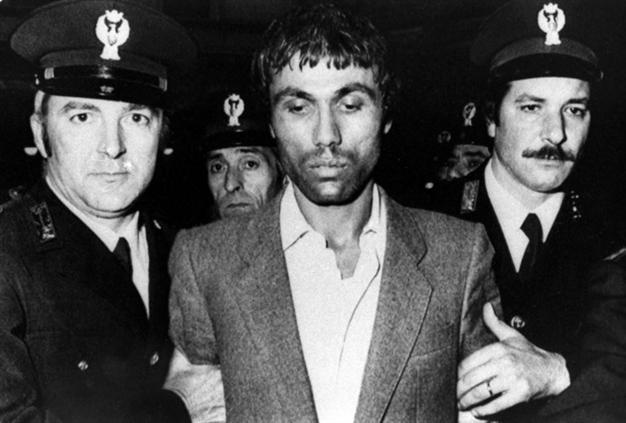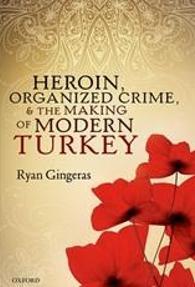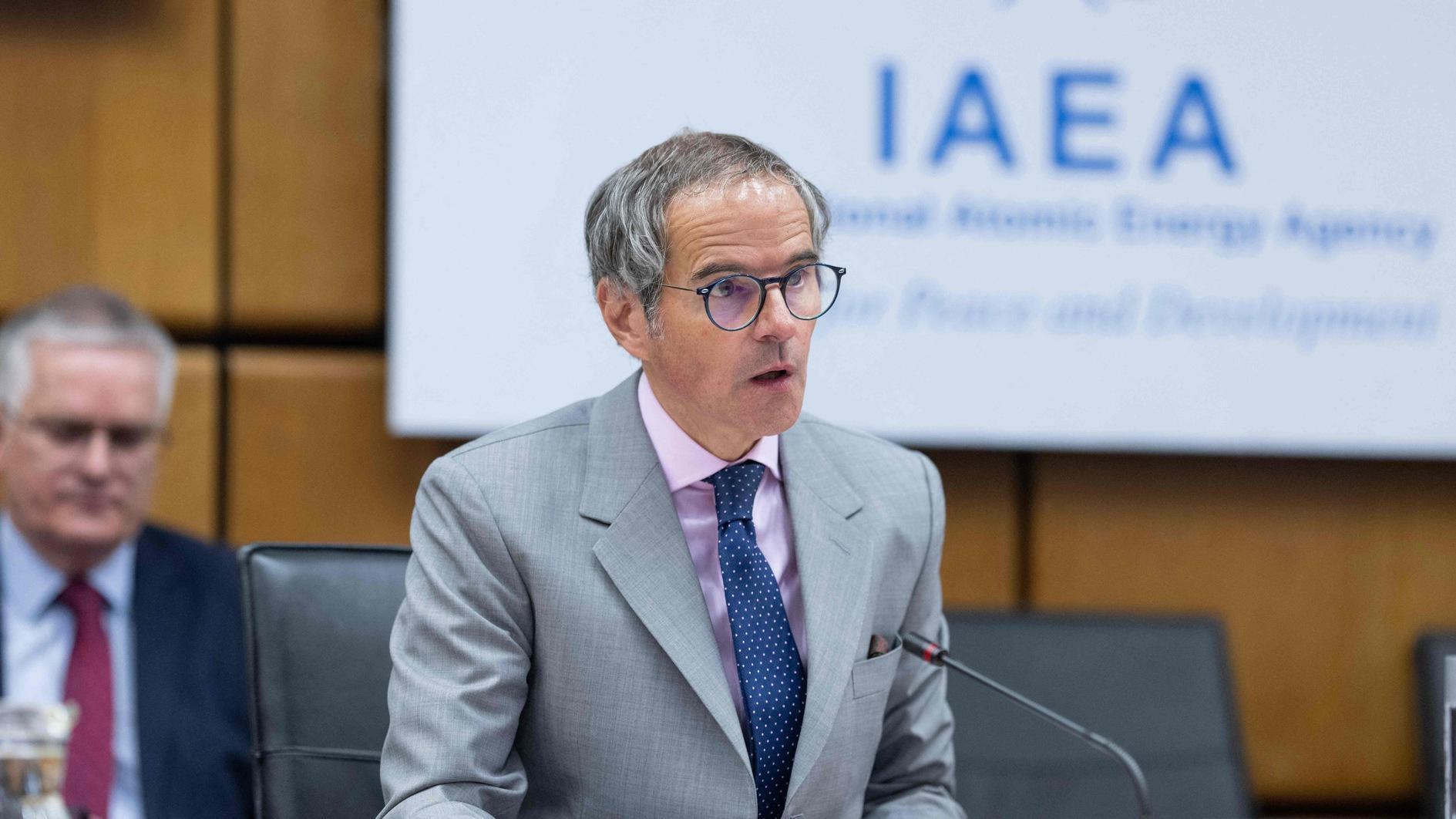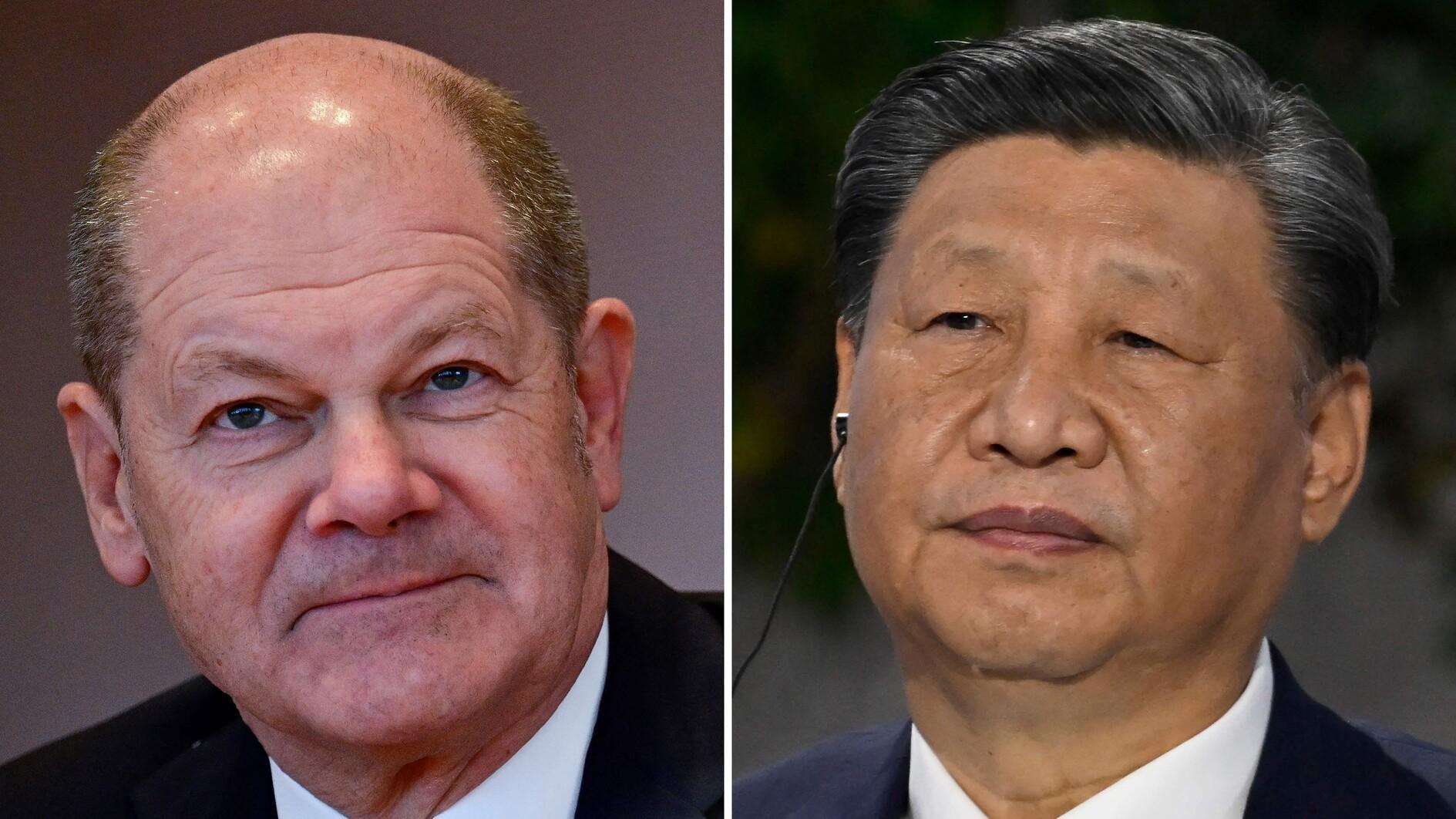Heroin, organized crime and the making of modern Turkey
William Armstrong - williamjohnarmstron[at]gmail.com
 ‘Heroin, Organized Crime, and the Making of Modern Turkey’ by Ryan Gingeras (Oxford University Press, 290 pages, £65)
‘Heroin, Organized Crime, and the Making of Modern Turkey’ by Ryan Gingeras (Oxford University Press, 290 pages, £65)On the morning of Nov. 4, 1996, Turkey woke up to news of a car crash near the small town of Susurluk, just south of Istanbul. The accident on a quiet country road seemed ordinary enough, but it was the four passengers inside the new model Mercedes - three dead and one seriously injured – who made national headlines. They included a former beauty pageant winner, an Istanbul police chief, a Kurdish member of parliament, and an ultra-nationalist contract killer who was on Interpol’s red list. The scandal lifted the lid on the murky alliance between the Turkish military, members of the ruling party, security officials, and organized crime, and commanded the news agenda for weeks.
 But for many the exposure wasn’t so shocking. As described in this deeply researched new book by Ryan Gingeras, an associate professor at the Naval Postgraduate School in California, such shadowy links have a heritage going back to the late Ottoman era. Gingeras makes bold claims for the centrality of narcotics trafficking (particularly opium) and organized crime in the development of the Turkish state. “Like the role of oil in constructing such states as Saudi Arabia, Iran, or Azerbaijan,” he writes, “one cannot fully understand the modern Republic of Turkey without gauging the local, national, and transnational forces related to the flow of heroin in, through, and out of Asia Minor.” Although the book perhaps doesn’t live up to those ambitious claims, it does demonstrate that organized crime is a crucial - and generally under-examined - prism through which to consider Turkey’s state-building process from the late Ottoman era to the present day, “a testament to the steady integration of the Ottoman Empire and the Republic of Turkey into the global economy.”
But for many the exposure wasn’t so shocking. As described in this deeply researched new book by Ryan Gingeras, an associate professor at the Naval Postgraduate School in California, such shadowy links have a heritage going back to the late Ottoman era. Gingeras makes bold claims for the centrality of narcotics trafficking (particularly opium) and organized crime in the development of the Turkish state. “Like the role of oil in constructing such states as Saudi Arabia, Iran, or Azerbaijan,” he writes, “one cannot fully understand the modern Republic of Turkey without gauging the local, national, and transnational forces related to the flow of heroin in, through, and out of Asia Minor.” Although the book perhaps doesn’t live up to those ambitious claims, it does demonstrate that organized crime is a crucial - and generally under-examined - prism through which to consider Turkey’s state-building process from the late Ottoman era to the present day, “a testament to the steady integration of the Ottoman Empire and the Republic of Turkey into the global economy.”Cultivated in Central Anatolia since the 19th century, opium, morphine and heroin became staple products critical to Anatolia’s economy, and by the early years of the Turkish Republic the country ranked among the chief opium suppliers for the world narcotics market. Naturally, Ankara was reluctant to regulate production of its lucrative opium business, but international pressure eventually forced it to take steps in the early 1930s. Turkey was a key battleground in the U.S. Federal Bureau of Narcotics' (FBN) struggle to enforce the international embargo on opium and other drugs - the heart of a web of smuggling routes emanating across the Mediterranean and the North Atlantic. Based on exhaustive study of FBN files, much of Gingeras’ book is taken up with the complex cat and mouse game as the bureau tried to combat the opium trade in Turkey.
After the Second World War, the FBN sought to establish a more fixed, engaged presence in the country. This took place within the emerging Cold War framework, and the author suggests that the degree to which Washington pursued the fight against organized crime at home and abroad was symptomatic of a broader pattern of Cold War thinking. The trade and production of narcotics was an element found in a variety of strategically important anti-Communist battlegrounds, and Istanbul was one of the most significant. Undercover FBN agent Sal Vizzini captured the popular image of Istanbul as a seedy Cold War outpost of skullduggery in his memoirs, describing it as “a city of unending intrigues, half-Asian and half-European, an ancient metropolis where corruption had been a way of life for a thousand years.”
Among the most interesting sections of the book center on Gingeras’ suggestion that the work of the FBN in Istanbul often blurred with that of the CIA. The accounts of a number of FBN operatives make clear that the FBN’s presence allowed for the execution of clandestine operations undertaken by the CIA. Narcotics agents, the author writes, were useful in providing a veneer of legitimacy for gathering intelligence:
The activities of the FBN, which included both pursuing criminals as well as defining the nature of the crimes and criminals involved, served to amplify the growing hegemonic influence and reach of the United States during the Cold War … Combating the drug trade in Turkey, in the words of Sal Vizzini, provided an essential ‘cover within a cover’ for both American and Turkish officers tasked with executing covert operations in the service of Western interests.
After Richard Nixon became president in 1969, combating heroin trafficking into the U.S. became the centerpiece of Washington’s foreign policy. Some claimed that 80 percent of heroin consumed in the U.S. was sourced from Turkey, and the Nixon administration demanded that Ankara crack down on opium production in Anatolia, offering financial aid as a way of speeding up the transition and softening the blow.
Turkey agreed to tighten measures in 1971, but the real story of the 1970s was the budding relationship forged between its National Intelligence Agency (MİT) and the criminal underworld. The country faced mounting instability throughout the decade, marked by politically-motivated street violence and internal and external threats that appeared to endanger the existence of the state. In this paranoid atmosphere, Gingeras writes, “the gangsters of the 1970s and beyond became the instrument of a robust and paranoid government apparatus committed to the preservation of the state at all costs.” Desperate times cemented relationships between outlaws and officers of the peace, and the lines between legitimate and illegitimate business operations were also blurred. But organized crime was not only the preserve of statist or right-wing groups. The outlawed Kurdistan Workers’ Party (PKK), for example, long relied on the heroin trade to finance its war against Ankara, largely mediated by a figure called Behçet Cantürk, who was one of the most notorious heroin traffickers of the 1970s.
The Susurluk scandal of 1996 offered a glimpse into Turkey’s tangled web of smugglers, politicians, policemen, thugs, spies, diplomats, and hitmen, but unfortunately that is where Gingeras’ study ends. Contemporary political-criminal connections in Turkey are certainly no small subject, and in an “advanced democracy” it would be the job of local journalists to uncover such shady business. But there are few with the courage, skill or inclination to pursue those links - to say nothing of the political feasibility for investigative journalism at the present moment. Perhaps in 20 years we can expect a book as detailed as this one on the subject.










